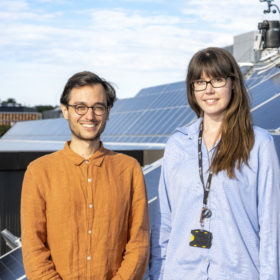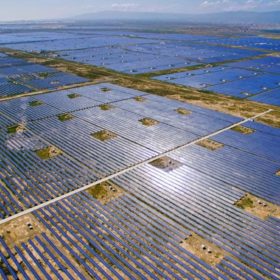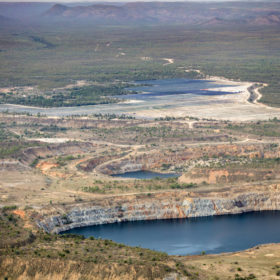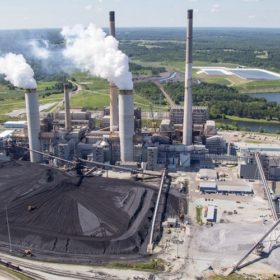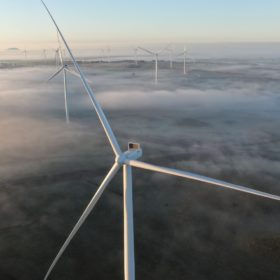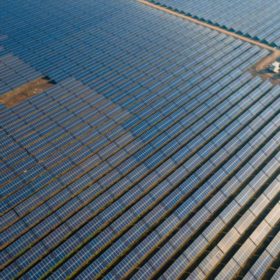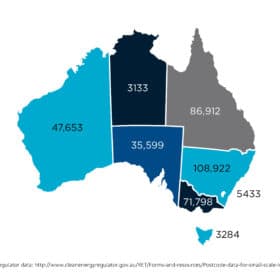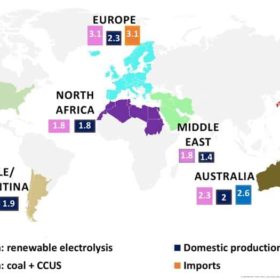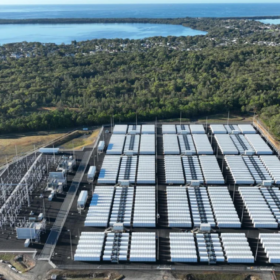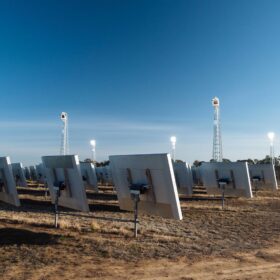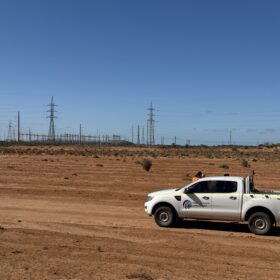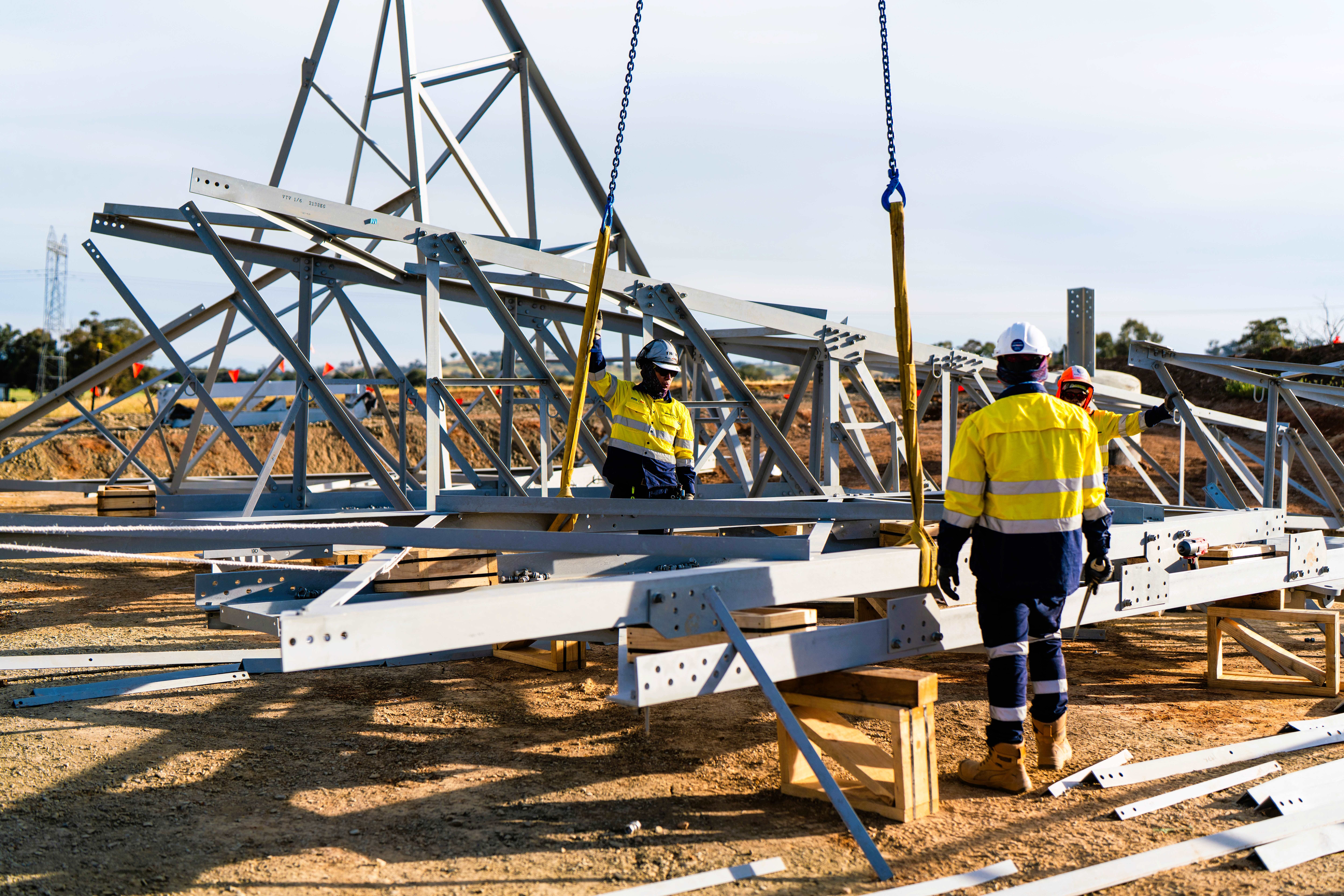UNSW digs the data: How much solar energy is lost through automated inverter settings?
In a huge data-crunching project designed to inform rooftop solar-export policy and regulations, UNSW technical and social researchers delve into the costs and effectiveness of inverter standards.
Saturday read: New applications see surge in Chinese demand
China’s project development segment is dynamic, to say the least. Having undergone significant changes toward a “subsidy-free” footing, developers are now facing requirements to integrate storage, deploy hybrid arrays, and pursue self consumption through BIPV and agrivoltaics applications, writes Frank Haugwitz, the director of the Asia Europe Clean Energy (Solar) Advisory (AECEA).
Kidston pumped hydro reaches financial close, given green light
For the first time in almost four decades a pumped hydro energy storage plant is set to begin construction with the financial close of Genex Power’s Kidston Clean Energy Hub.
Novel approach to turn coal plants into energy storage stations goes into testing
Funded by a United States’ Department of Energy grant, the project will evaluate Malta Inc.’s thermal energy storage system as a viable, scalable solution.
Victorian councils commit to renewable energy future
More than half of the Victoria’s local councils will soon be powered by renewable energy after they signed up to the largest emissions reduction project yet undertaken by local government in Australia.
IEA calls for solar PV additions to reach 630 GW by 2030
According to the International Energy Agency, most of the global reductions in CO2 emissions between now and 2030 would come from technologies available today. In a recent report, the agency sets what it described as a “cost-effective and economically productive” pathway resulting in an energy economy “dominated by renewables like solar and wind.”
Large scale solar generation exceeds gas for first time, rooftop solar pushes peak demand to five year low
Evidence of Australia’s energy transition and the force with which renewables are pushing fossil fuel generators out of the mix are now glaring, with a raft of new reports highlighting different records and trends testament to the seismic shift.
Geopolitical impact of long-distance transport of electricity and hydrogen
In an interview with pv magazine, Indra Overland, the head of the Centre for Energy Research at the Norwegian Institute for International Affairs, explains how long-distance electricity and hydrogen transport differs from that of fossil fuels. He says strong Europe-North Africa connections could prove the viability of cables to connect continents, and notes that integration between countries and regions will increase.
Why rooftop solar failed to find its legs in India
Poor and piecemeal implementation of net metering policies is a major roadblock for the uptake of rooftop solar system in India, according to a new report by Asian Development Bank.
Huawei enters Australia’s residential battery market with modular Luna2000
Chinese giant Huawei has entered Australia’s residential solar battery market with its home energy storage system, the Luna2000. The lithium-iron phosphate 5kWh cells have a modular design and are scalable to 30kWh. Huawei is banking on 10 kWh system capacities being most popular, telling pv magazine Australia they will retail for under AU$10,000.
